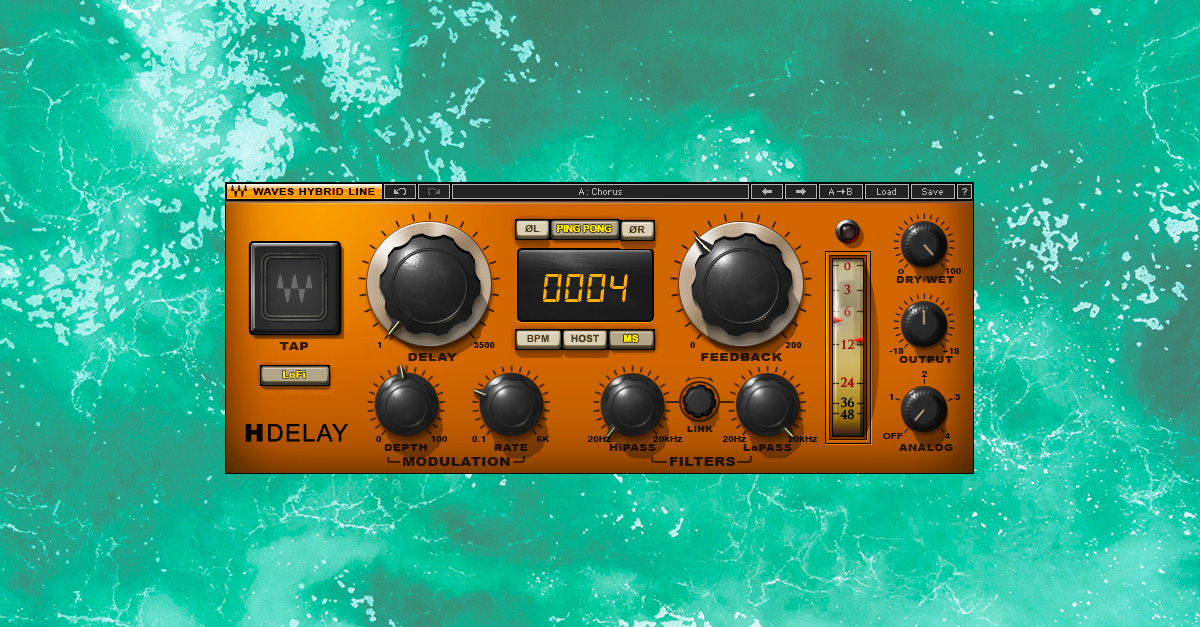

Sucre opted to create a brand new state and on 6 August 1825, with local support, named it in honor of Simón Bolívar. The leader of Venezuela, Antonio José de Sucre, had been given the option by Bolívar to either unite Charcas (present-day Bolivia) with the newly formed Republic of Peru, to unite with the United Provinces of the Río de la Plata, or to formally declare its independence from Spain as a wholly independent state. 2.6.2 2002–2005 Sánchez de Lozada / Mesa Presidencyīolivia is named after Simón Bolívar, a Venezuelan leader in the Spanish American wars of independence.Bolivia is very rich in minerals, including tin, silver, lithium, and copper. Its main economic activities include agriculture, forestry, fishing, mining, and manufacturing goods such as textiles, clothing, refined metals, and refined petroleum. It is a developing country, with a high ranking in the Human Development Index.

Bolivia remains the second poorest country in South America, though it has slashed poverty rates and has the fastest growing economy in South America (in terms of GDP). Modern Bolivia is a charter member of the UN, IMF, NAM, OAS, ACTO, Bank of the South, ALBA, and USAN. Banzer was ousted in 1978 and later returned as the democratically elected president of Bolivia from 1997 to 2001.
#Waves h delay 4shared cracked#
Banzer's regime cracked down on left-wing and socialist opposition and other forms of dissent, resulting in the torture and deaths of a number of Bolivian citizens. Bolivia remained relatively politically stable until 1971, when Hugo Banzer led a CIA-supported coup d'état which replaced the socialist government of Juan José Torres with a military dictatorship headed by Banzer Torres was murdered in Buenos Aires, Argentina by a right-wing death squad in 1976. Over the course of the 19th and early 20th century Bolivia lost control of several peripheral territories to neighboring countries including the seizure of its coastline by Chile in 1879. Spain built its empire in large part upon the silver that was extracted from Bolivia's mines.Īfter the first call for independence in 1809, 16 years of war followed before the establishment of the Republic, named for Simón Bolívar. During the Spanish colonial period Bolivia was administered by the Real Audiencia of Charcas. Spanish conquistadors arriving from Cusco and Asunción took control of the region in the 16th century.

Spanish is the official and predominant language, although 36 indigenous languages also have official status, of which the most commonly spoken are Guarani, Aymara, and Quechua languages.īefore Spanish colonization, the Andean region of Bolivia was part of the Inca Empire, while the northern and eastern lowlands were inhabited by independent tribes. The country's population, estimated at 11 million, is multiethnic, including Amerindians, Mestizos, Europeans, Asians, and Africans. With 1,098,581 km 2 (424,164 sq mi) of area, Bolivia is the fifth largest country in South America, after Brazil, Argentina, Peru, and Colombia (and alongside Paraguay, one of the only two landlocked countries in the Americas), the 27th largest in the world, the largest landlocked country in the Southern Hemisphere, and the world's seventh largest landlocked country, after Kazakhstan, Mongolia, Chad, Niger, Mali, and Ethiopia. One-third of the country is within the Andean mountain range. It is bordered to the north and east by Brazil, to the southeast by Paraguay, to the south by Argentina, to the southwest by Chile, and to the northwest by Peru. Its geography varies from the peaks of the Andes in the West, to the Eastern Lowlands, situated within the Amazon basin. The sovereign state of Bolivia is a constitutionally unitary state, divided into nine departments. The largest city and principal industrial center is Santa Cruz de la Sierra, located on the Llanos Orientales (tropical lowlands), a mostly flat region in the east of the country. The seat of government and executive capital is La Paz, while the constitutional capital is Sucre. See below.īolivia, officially the Plurinational State of Bolivia, is a country located in western-central South America. ^ While Sucre is the constitutional capital, La Paz is the seat of government and the executive capital.


 0 kommentar(er)
0 kommentar(er)
